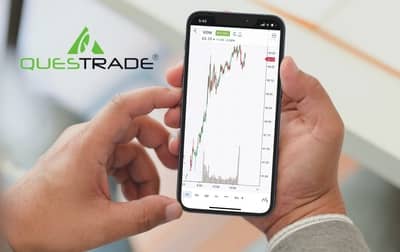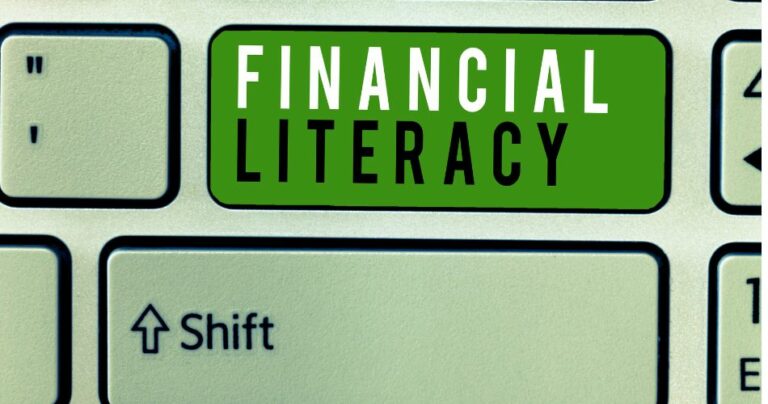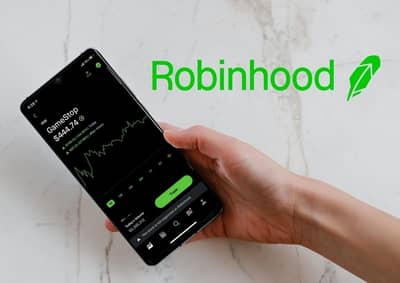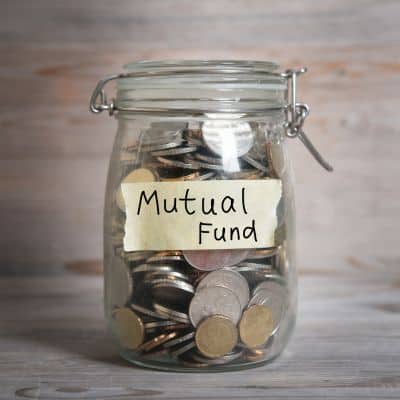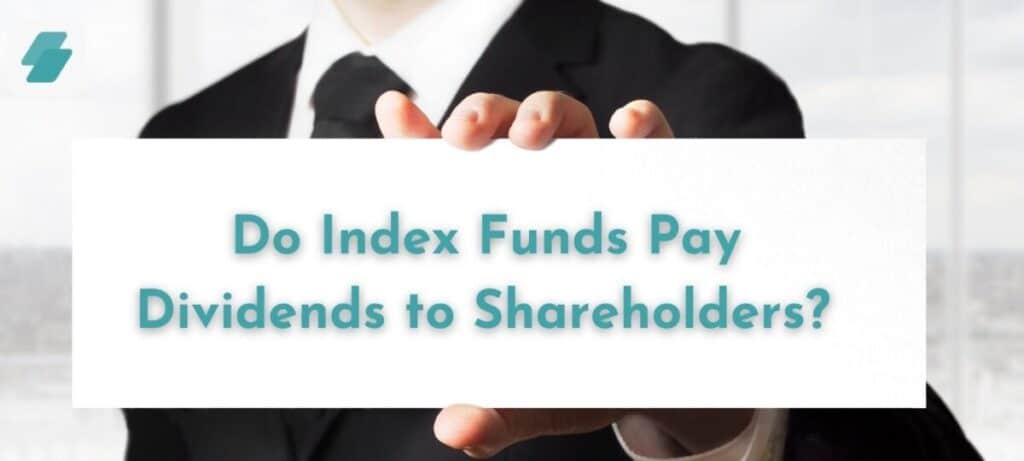
It is pretty common knowledge in the financial world that index funds are one of the best ways to capture the high yields offered by the stock market while limiting risk.
The legendary Warren Buffet even goes so far as to challenge “expert” stock pickers to put together a portfolio that outperforms a basic S&P 500 index fund. While this sounds amazing, you may be wondering: do index funds pay dividends to shareholders?
The vast majority of index funds pay a dividend. As long as the index contains stocks that pay a dividend, investors in the fund will receive a commensurate distribution based on their position.
| Ready to Invest? | Our Recommendations | Start Investing Today |
|---|---|---|
 | Wealthsimple Invest ($25 Bonus)Only in Canada
| Start Investing TodayRead our Review |
 | BettermentOnly in USA
| Start Investing Today |
Although you can generally expect to receive a dividend from an index fund, it can be difficult to pin down exactly how much that dividend will be. There are also millions of indices worldwide, all of which contain varying degrees of dividend and non-dividend stocks.
To help you figure this all out, keep reading to find out everything you need to know about index funds and dividends.
Do Index Funds Pay Dividends?
Yes, the vast majority of index funds pay dividends.
The only way an index fund will not pay a dividend is if it is indexed against a selection of stocks that do not pay a dividend. This may be the case if you choose a fund heavy in growth stocks that have yet to achieve profitability. There are about 3.3 million stock indices worldwide, so there will be a handful that contain no dividend-yielding stocks.
If your index fund contains dividend-paying stocks, but you do not see a commensurate dividend yield yourself – you have picked a bad fund that is taking your dividends and writing it off as a customer “fee,” or you chose a fraudulent fund that is simply pocketing investor distributions.
How Do Dividends Work with Index Funds?
Dividends with index funds may seem complex, but they are actually pretty straightforward.
Let’s look at an example.
The Dow Jones Industrial (DJI) is the oldest and most famous stock index in the United States. All 30 of the companies listed on the DJI pay a dividend.
To invest in the DJI, you can purchase shares of the SPDR Dow Jones Industrial Average ETF Trust.
Managers of this fund actively work to ensure that shareholders get a return exactly commensurate with the performance of the DJI.
Therefore, whenever a company listed on the DJI distributes a dividend to the SPDR, the fund distributes a commensurate dividend to the holders of the fund.
Dividends are distributed quarterly by most index funds, as this mirrors how most individual companies distribute their dividend. However, some funds may distribute dividends semi-annually or even yearly.
Unless you set it up otherwise, the majority of index funds simply reinvest dividends once they are distributed.
This is one of the factors that make index funds such a powerful tool for growing wealth. Automatically reinvesting dividends creates a snowball effect. With each quarter, you will be buying a bigger and bigger portion of the index with your reinvested dividends.
However, if you are in or nearing retirement, you may choose to have your dividends withdrawn from the fund upon distribution to help pay for living your expenses.
| Ready to Invest? | Our Recommendations | Start Investing Today |
|---|---|---|
 | Wealthsimple Invest ($25 Bonus)Only in Canada
| Start Investing TodayRead our Review |
 | BettermentOnly in USA
| Start Investing Today |
How Do I Know What an Index Fund’s Dividend Payout Is?
It is much more difficult to estimate the dividend payout of an index fund than it is for an individual company.
As an index fund will mirror the performance of dozens – if not hundreds – of companies, there are numerous moving parts that will constantly cause the fund’s dividend yield to vary.
For example, companies regularly raise or lower dividend distributions based on past and projected performance.
In addition, the dividend yield is calculated as a percentage of the company’s share price. A company that pays an annual dividend of $5 per share pays a 5% dividend if the share price is $100.
However, if the share price jumps to $1,000 per share and the company raises the annual dividend to $10 per share, well then the dividend yield actually lowers to 1% even though the monetary distribution doubled.
For a general estimation, index funds that track the S&P 500 usually provide investors between a 3-5% dividend yield each year.
Tech-heavy NASDAQ funds will likely offer a smaller dividend yield, while DJI funds will usually fall somewhere in between.
How Can I Calculate What My Index Fund’s Dividends Will Be?
Remember, when you invest in index funds, you are buying only small portions of a bunch of different companies.
If you are a new investor, you will very likely have much less than one share of each company listed on the index. This would mean that you get paid a dividend based on the fractional shares you hold.
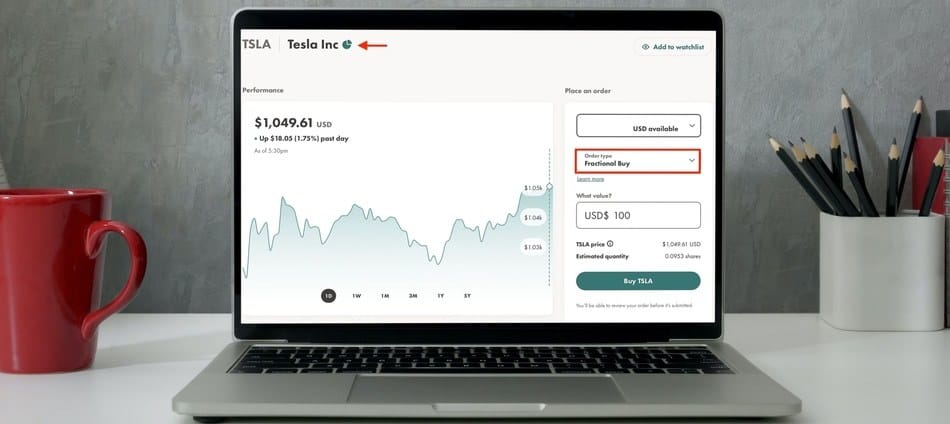
Say that you invested in the aforementioned SPDR DJI fund. One of the companies included in that fund is American Express (AXP).
The current annual dividend for AXP is 1.15%. At a current share price of $181.16, this equates to a $2.08 annual dividend, distributed in four quarterly installments of $.52. (You’re rich!)
Since you are a beginning investor, your position in the SPDR fund may only have you at .05 shares of AXP. This would mean you only get a $.026 dividend each quarter from AXP -less than 3 pennies every 3 months, or less than a penny a month in dividends!
However, if you estimate that each of the other 30 companies in the fund offers a similar dividend, you will get approximately $.78 in dividends each quarter. Not a lot, but a starting point to grow from.
Your fund will provide you with a document showing exactly how your funds are being allocated across the stocks in the index, which can then be helpful if you want to calculate exactly what your dividend disbursement will amount to.
What are Popular Dividend Paying Index Funds?
As mentioned, there are 3.3 million market indices around the globe, all of which will have varying dividend yields. Some of the most popular for their impressive distributions include:
- Vanguard Dividend Appreciation ETF
- SPDR S&P 500 Dividend ETF
- iShares Select Dividend ETF
- WisdomTree U.S. Total Dividend Fund
Final Thoughts on Index Funds and Dividends
The vast majority of reputable index funds will pay dividends.
The only way they won’t is if they are tracking an index that has literally no dividend-yielding stocks – or you have chosen a bad or fraudulent fund.
So start earning “money while you sleep” and invest in a dividend-yielding index fund today!
Recommend Financial Geek Article: How to Buy Fractional Shares in Canada (6 Step Guide)
Geek, out.

